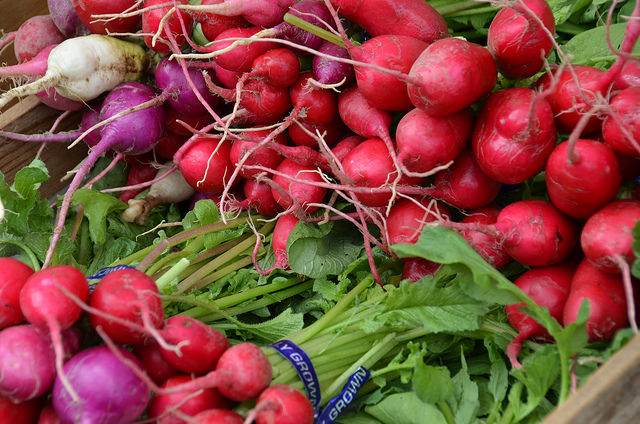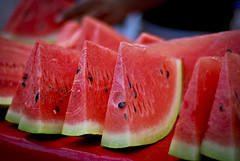Every spring there’s an abundance of fresh seasonal fruits and vegetables that make their way into your local grocery store. It’s tempting to fill your cart with tasty produce, but these things go bad so quickly that it helps to have a plan in mind when you shop. Here are two online guides to spring produce.
Food and Wine
This beautifully curated guide offers creative recipes that all use spring produce. It’s organized by type of fruits and vegetables, with recipe sections for things like asparagus, spinach, mangoes, and pineapple. Each recipe also uses simple, step-by-step instructions and high quality images that help you to visualize each dish. If you want to prepare elegant, healthy meals with seasonal ingredients, Food and Wine is a great resource.
The Food Network
The Food Network is an authority on all-things cooking, and their Spring Produce Guide is one of the most helpful out there. It utilizes photos, videos, and text recipes to deliver everyday recipes that use spring produce, and many of them come straight from your favorite Food Network hosts. There are also tips and tricks for things like choosing the best fruits and vegetables, washing and preparing them for cooking, and cooking with fresh herbs straight from the garden.


![I [GFDL, CC-BY-SA-3.0 or GFDL], from Wikimedia Commons](http://respage.com/cms/img/627.jpg)


 Equal Housing Opportunity
Equal Housing Opportunity